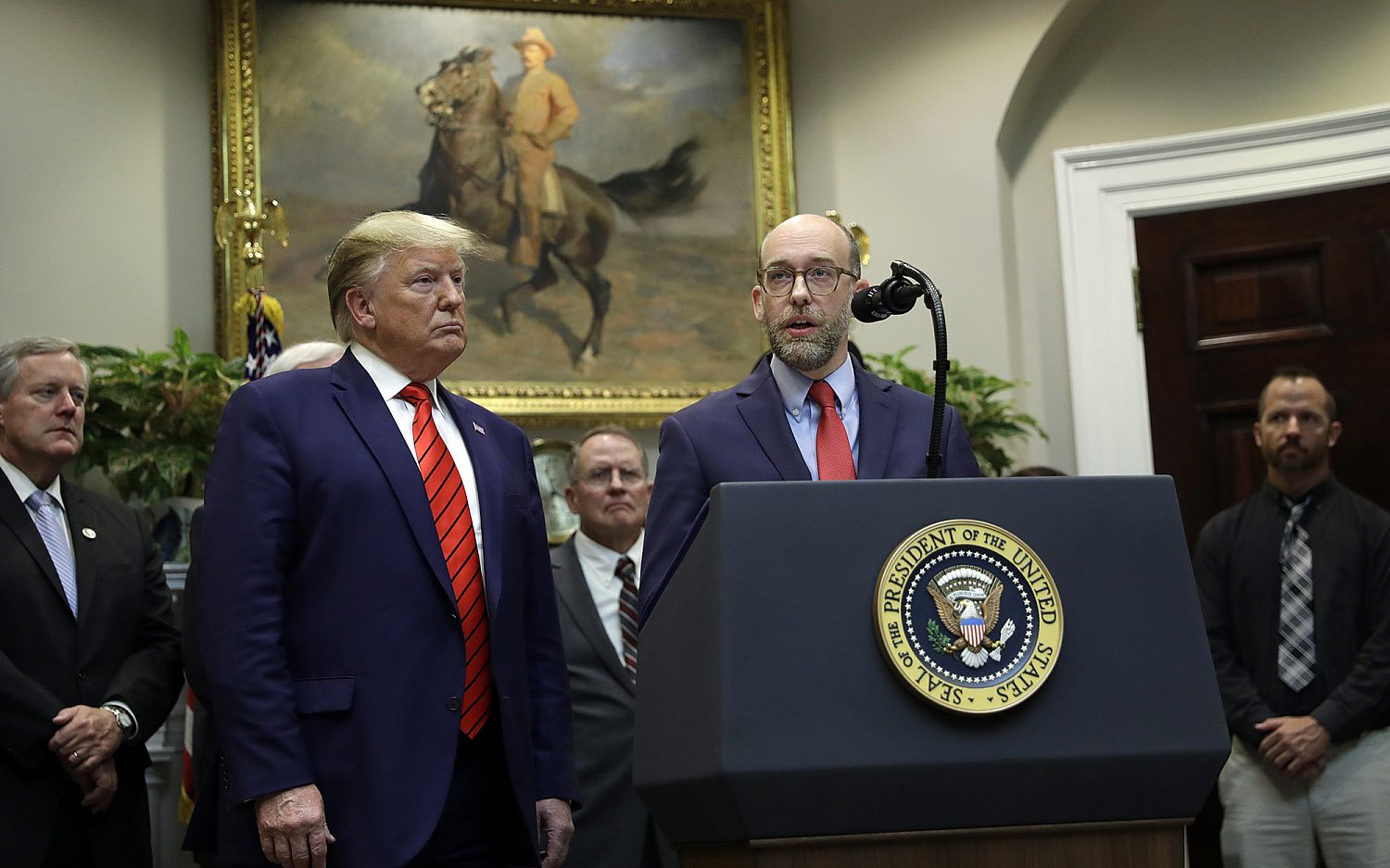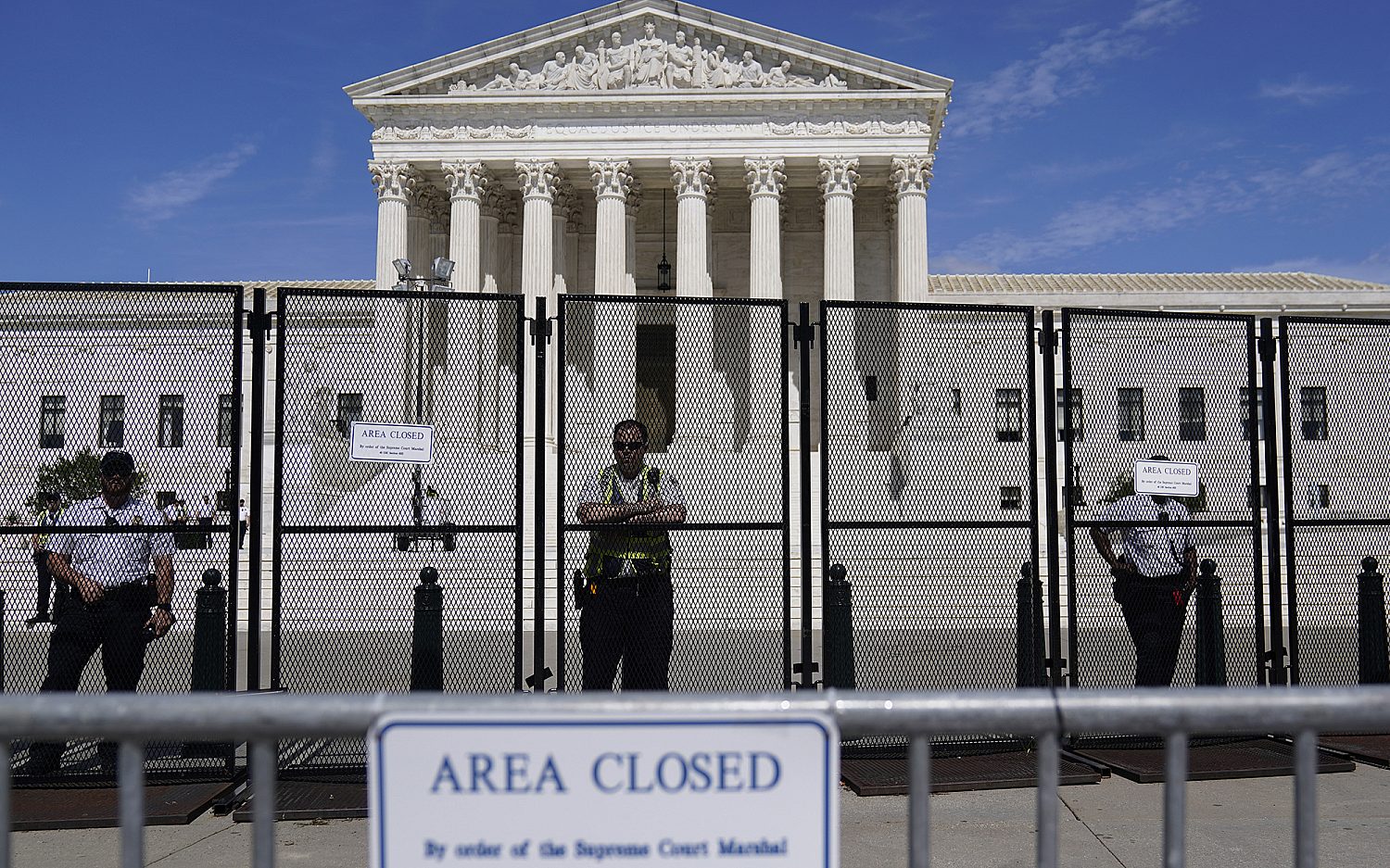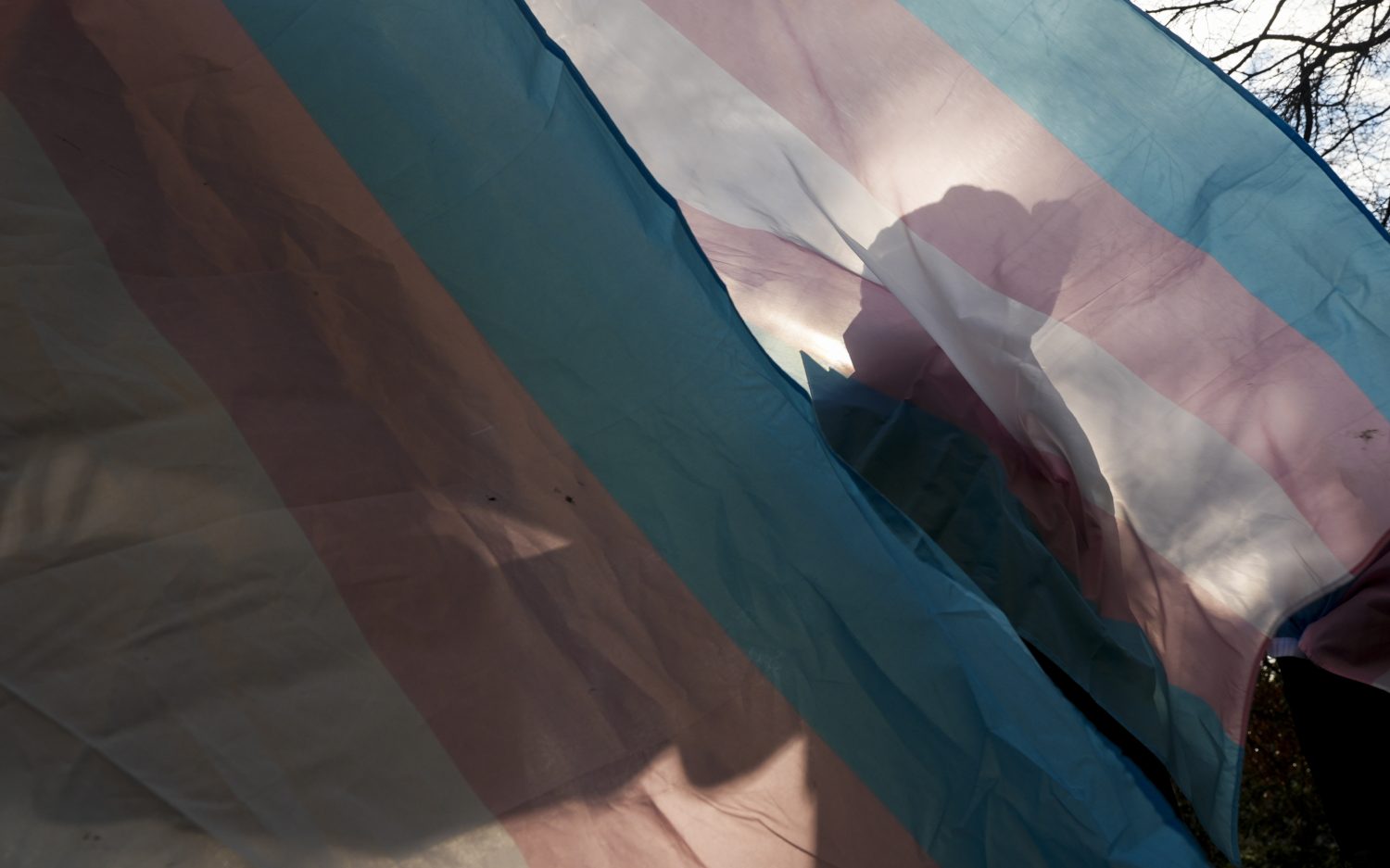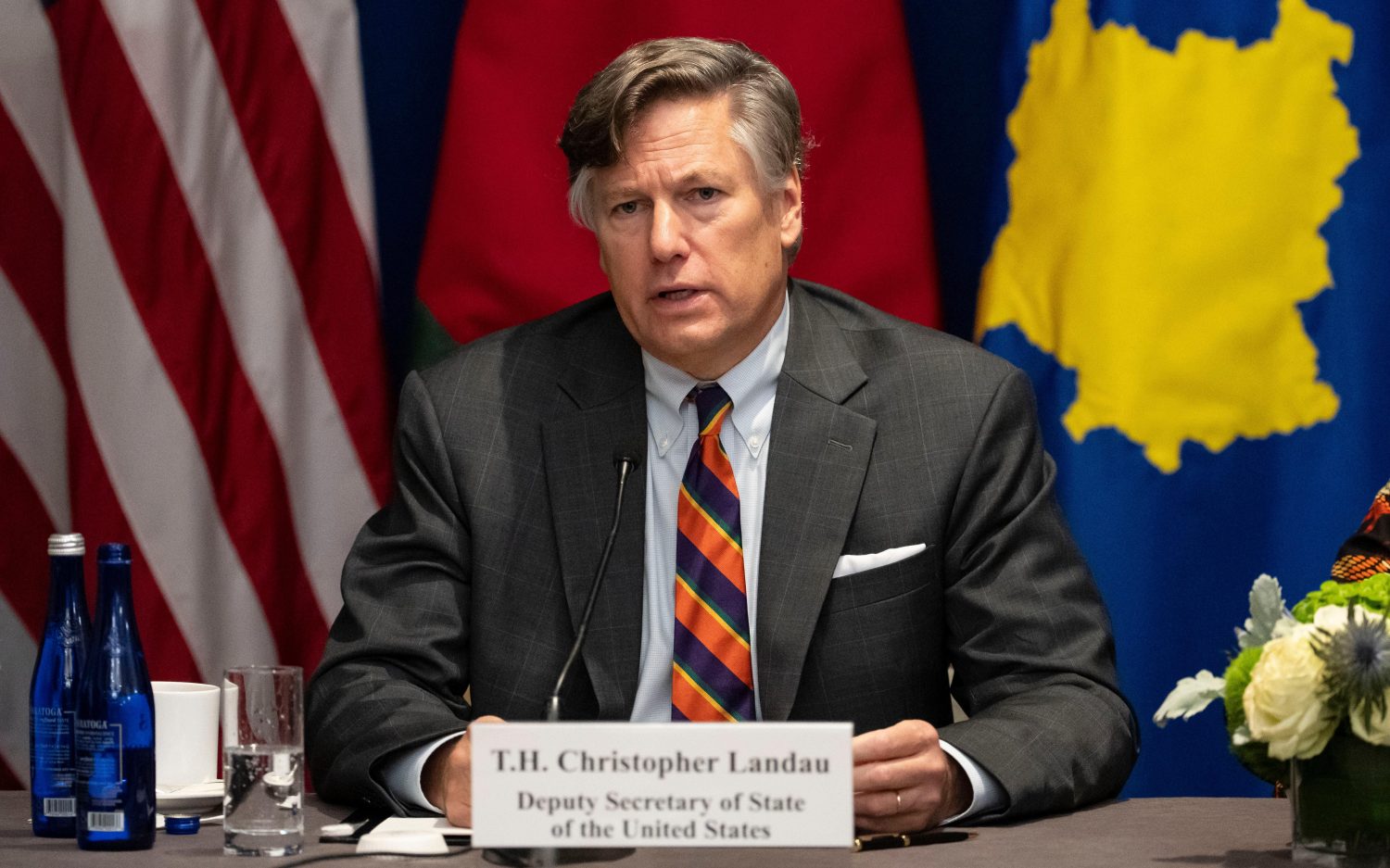Investing to keep the lights on
We’re now in hurricane season: No big ones so far, but the United States power grid often has trouble keeping the lights on after such weather events. A new White House report recommends more investments to strengthen the power grid: Extreme weather caused more than half of all U.S. power outages since 2002, costing the economy between $18 billion and $33 billion per year, according to the report.
And the costs are rising. In years with severe storms, like 2008’s Hurricane Ike or last year’s Hurricane Sandy, costs can reach $75 billion. While some blame climate change, costs also increase as U.S. metropolitan areas grow: An outage hitting a city today affects more people and infrastructure than it did 20 years ago.
The power grid is a web of generating stations, long-distance transmission systems, and local distribution systems that deliver electricity to homes and businesses. Nine out of 10 outages reflect problems with local distribution systems rather than transmission or generating systems, according to Edison Electric Institute. Investments in generating, transmission, and distribution systems have not always kept pace with demands for power, leading to less flexibility to respond to storm-caused outages.
This is because utilities cannot build or install new equipment without regulatory permission to charge customers more to recover costs. Regulators can be reluctant to increase customer rates to pay for unproven high-tech equipment or to guard against weather that may or may not arrive.
Investment in the power grid increased after the Northeast Blackout of 2003, the largest outage ever in North America. However, the report says spending since 2003 was still lower than investment levels between 1960 and 1990. It recommends increased spending to “harden” the system by installing stronger equipment, building more transmission lines and energy storage systems to make the power grid more robust, and installing more sophisticated technology.
The report said a stronger and more flexible grid would save the economy “billions of dollars and reduce the hardship experienced by millions of Americans when extreme weather strikes.”
The Associated Press contributed to this report.
An actual newsletter worth subscribing to instead of just a collection of links. —Adam
Sign up to receive The Sift email newsletter each weekday morning for the latest headlines from WORLD’s breaking news team.




Please wait while we load the latest comments...
Comments
Please register, subscribe, or log in to comment on this article.